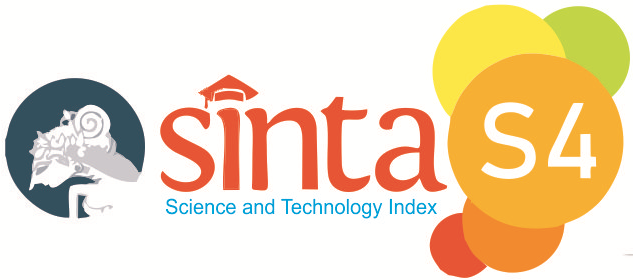SOLVING FORM TWO STUDENTS’ FAILURE TO SUBTRACT DIRECTED NUMBERS IN MATHEMATICS: AN ACTION RESEARCH STUDY
DOI:
https://doi.org/10.32332/linear.v4i1.6965Keywords:
Solving students’ failure, Subtraction, Directed numbers, Form two, Action researchAbstract
The purpose of this action research was to solve student’s failure to subtract directed numbers in Mathematics at junior secondary (Form Two) level. The study was conducted at a secondary school in Gweru, Zimbabwe. The research had two cycles. Cycle 1 had four participants, while Cycle 2 had one participant whose problem had not been solved in Cycle 1. Cycle 1 had three sessions: structured interview, implementation of the cooperative strategy and evaluation of the effectiveness of the cooperative strategy. The cooperative strategy was used in conjunction with the number line and the ‘having money-owing money’ techniques. Cycle 2 had two sessions namely: implementation of the counters model and evaluation of the effectiveness of the strategy. Results from the implementation of the cooperative strategy indicated that logical sequencing of concepts, group work and good presentation skills reduced possible misconceptions. The major reflection was that although the participants had seemed to have the same problem, the use of one strategy may not be effective as was the case for participant D. The results from the interviews highlighted the importance of continuously checking with the learners to reflect on the teacher’s practices. Results from the ‘two-colour counters’ showed the effectiveness in maintaining interest, motivation and concentration. The major limitation of the study was that the number line and the counters model were difficult to use, time consuming and laborious when large numbers were involved. The research has implications on the teaching and learning of directed numbers involving integers, fractions, decimals and algebraic expressions. A call for further research is also made.

















